Hurricanes
A hurricane is a powerful tropical storm that forms over warm ocean waters. It is characterized by strong winds, heavy rainfall, and thunderstorms. Hurricanes can cause significant damage to coastal areas and are a major concern for people living in hurricane-prone regions.
Formation of Hurricanes
Hurricanes form when warm, moist air over the ocean rises and creates an area of low pressure. As more air rises to fill the void, it becomes laden with moisture and heat. This process continues, causing the formation of a rotating system of clouds and wind known as a tropical cyclone. When the wind speeds reach 74 mph or more, the storm is classified as a hurricane.
Parts of a Hurricane
A hurricane has several distinct parts, including the eye, eyewall, and rainbands. The eye is the center of the storm and is typically calm with clear skies. Surrounding the eye is the eyewall, where the most intense winds and rainfall occur. Rainbands are bands of clouds and thunderstorms that spiral outward from the eyewall, bringing heavy rain and strong winds to a wide area.
Impact of Hurricanes
Hurricanes can have devastating effects on coastal communities, including widespread flooding, destruction of infrastructure, and loss of life. The strong winds and heavy rainfall can cause storm surges, landslides, and erosion. It is crucial for residents in hurricane-prone areas to be prepared and have emergency plans in place.
Study Guide
- What are the main characteristics of a hurricane?
- How do hurricanes form?
- Describe the different parts of a hurricane.
- What are some of the impacts of hurricanes on coastal communities?
- What can people in hurricane-prone areas do to prepare for a hurricane?
For further study, research specific hurricanes that have made a significant impact on coastal areas and the measures taken to mitigate their effects.
[Hurricanes] Related Worksheets and Study Guides:
.◂Science Worksheets and Study Guides Kindergarten. Our Earth
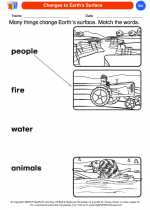
 Coloring Worksheet
Coloring Worksheet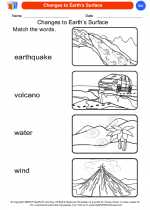
 Coloring Worksheet
Coloring Worksheet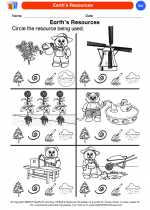
 Coloring Worksheet
Coloring Worksheet
 Coloring Worksheet
Coloring Worksheet
 Coloring Worksheet
Coloring Worksheet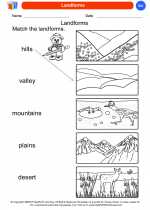
 Coloring Worksheet
Coloring Worksheet
 Coloring Worksheet
Coloring Worksheet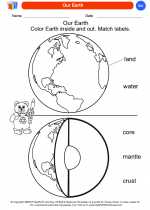
 Coloring Worksheet
Coloring Worksheet
 Coloring Worksheet
Coloring Worksheet
 Coloring Worksheet
Coloring Worksheet
 Coloring Worksheet
Coloring Worksheet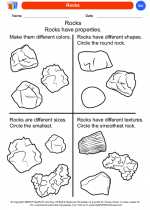
 Coloring Worksheet
Coloring Worksheet
 Coloring Worksheet
Coloring Worksheet
 Coloring Worksheet
Coloring Worksheet
 Coloring Worksheet
Coloring Worksheet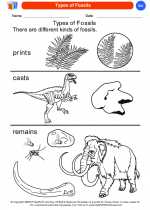
 Coloring Worksheet
Coloring Worksheet
 Coloring Worksheet
Coloring Worksheet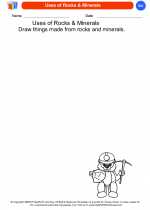
 Coloring Worksheet
Coloring Worksheet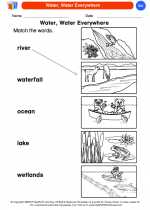
 Coloring Worksheet
Coloring Worksheet
